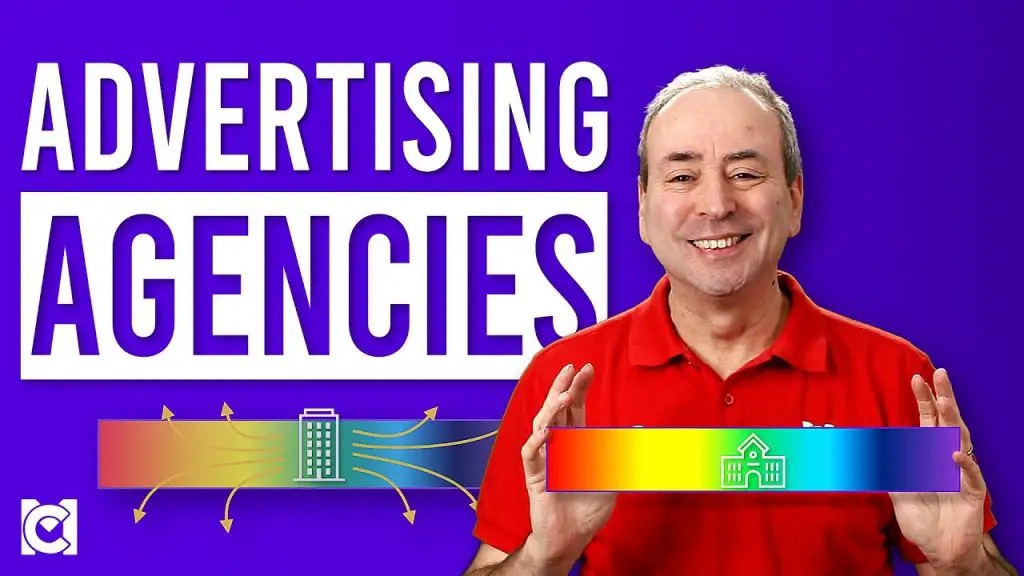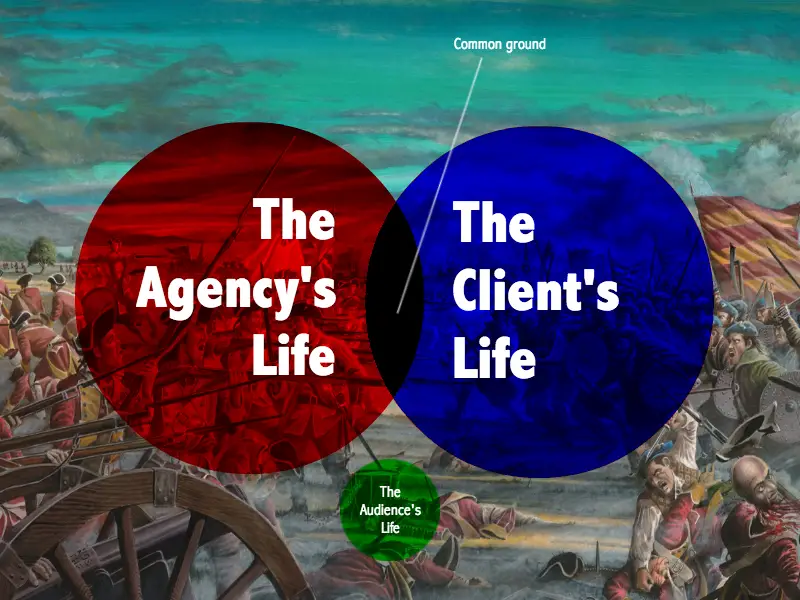WFA outlines new tactics to beat ad fraud
The World Federation of Advertisers (WFA) has issued its first guidelines to help marketers reduce their exposure to ad fraud, estimated to reach $50bn globally by 2025.
The advice is designed to assist marketers in taking practical steps to ensure that as little as possible of their advertising budget falls victim to ad fraud.
Compiled in conjunction with the Advertising Fraud Council and ad fraud research foundation Botlab.io, the document warns that the only losers from ad fraud are advertisers and internet users, whose computers can be infected with malware.


WFA’s Compendium of Ad Fraud Knowledge for Media Investors warns that there is no silver bullet to eliminate ad fraud and says that even with all the recommended counter measures in place, an advertiser could still suffer from single digit percentage exposure.
The document identifies clear actions to enable brands to reduce their exposure to ad fraud in four key areas:
1. People and technology: brands need to develop in-house expertise to support vendor selection, work with cyber security partners to help understand common threats and demand full transparency of investment, including full disclosure of the websites being used to promote their products or services.
2. Education and communication: brands need to set clear expectations of what they demand from their partners. They should set appropriate metrics that, where possible, relate back to business outcomes. They should also encourage open information sharing related to preventing ad fraud.
3. Standards: brands should avoid run of exchange buys in favour of databases of safe sites. Advertisers that need to hit digital investment targets may have to accept that these will not be achievable without exposing themselves to high levels of fraud.
4. Governance: contracts with agencies and vendor partners need to be revised to ensure that there are clear penalties for misallocating spend to ad fraud related inventory, where preventing it could be reasonably achieved. Those elements of the ad tech chain that have benefited from fraudulent activity in the form of commissions and fees should be requested to return them to the advertiser.
While it might be obvious that social spam-sites are a danger, it’s also possible to identify ad fraud among premium publishers, typically in the form of sourced traffic.
WFA CEO Stephan Loerke says: “Advertisers are the sole victim of ad fraud and the WFA wants to equip them with the tools to minimize their exposure. There is much that advertisers can do to improve the situation in terms of setting new standards, contractual changes and increased transparency, but ultimately behaviour change is required across the industry.”









